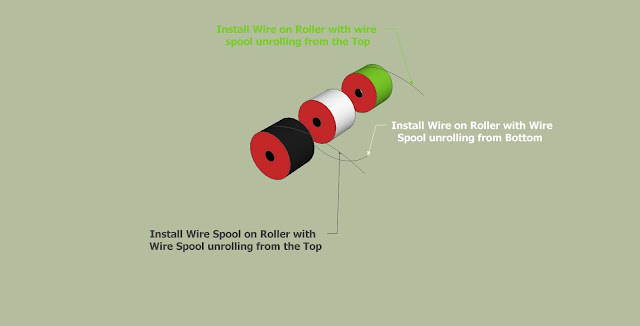Transcript
Matt: [at front of old Victorian house] Hi, I'm Matt Grocoff, the green renovation expert for Old House Web and host of greenovation.tv and this is my house. So when my wife Kelly and I first bought this 110 year old folk Victorian house, it was a dream come true: it had lead paint, asbestos siding, zero insulation and even an old gas powered lawn mower out in the shed. What more can anybody ask for.
Matt: [in living room] So on move in day we brought two things with us: a crowbar to rip up all the old carpet and a box of compact fluorescent light bulbs. We replaced every light socket in this house with compact fluorescents and then we added motion sensors to every light switch in the house. We leave a room, if we forget to turn it off, it turns it off for us.
Matt: [in bathroom] So at the start of our renovation project, this was the only bathroom in the house. It was fantastic. It had pink Formica tiles, an old flush toilet that flushed 5 gallons every time. This is a Caroma Dual Flush Toilet which only uses .8 gallons every flush and unlike our old toilet never clogs. But not only have we made it look great, but we've made it way more energy efficient.
This is a 1-minute a gallon showerhead. This is going to use a gallon and a half a minute less than an ordinary showerhead. This will literally save thousands of gallons over its lifetime.
Matt: [backyard drilling for geothermal] I can't tell you how many times I've heard people say "I thought you couldn't put geothermal into a historic house." Well this house proves that wrong. We were able to put three 150-foot bore holes vertically into the back yard on a very small piece of property. Not only do we have a heating and cooling system that uses half the energy of our neighbors, we have a house that's a whole lot more comfortable.
Matt: [in living room] We're out to prove that old houses can be the Greenest houses. In fact, with all the renovations we've done so far, we've made this house ultra efficient and we've got a ways to go. We're going to take this house all the way to Net Zero. Meaning it's going to produce more energy than it uses.
Matt: [at the computer] So you eco geeks, get ready to get geeked out because this is our WattVision Google Power Meter. And this will tell us how much energy we're consuming at any given moment. If everyone knew how much energy they were using, they would probably use a lot less. [I'm coming to get you, I got you, I got you] Before we get the solar panels up on the roof, you can see we've got a lot of work to do.
Matt: [pointing to house exterior] We've got to paint the house, restore these old windows, then top it off with some really energy efficient storm windows. My daughter Jane will probably still be alive when this house turns 200 years old. So restoring America's old homes is not just about preserving history, it's about protecting our future. So for Old House Web, this is Matt Grocoff reminding you that, "The Green Revolution Begins at Home"
Thank You for stopping by-Share and Comment below. If additional information in needed or you have a question let me know. Together we can make a difference and create a future that will benefit everyone. Build a Green StLouis Green Building Tips and Resources via: Scotty- St Louis Renewable Energy Green Blog
-->

